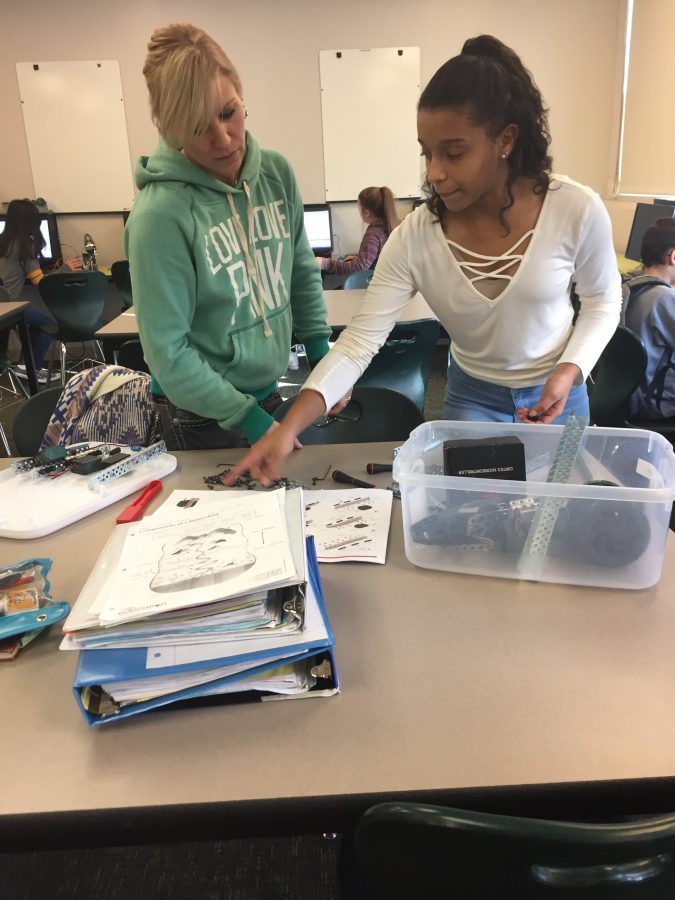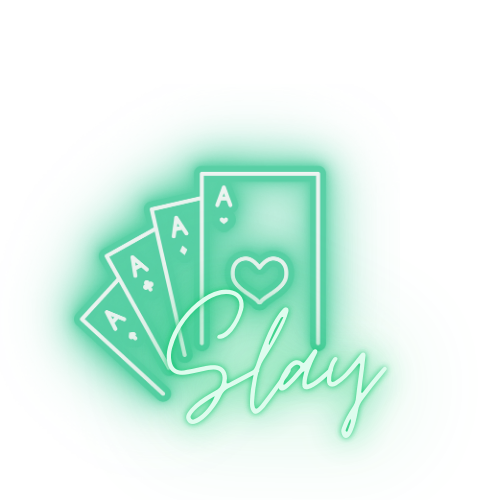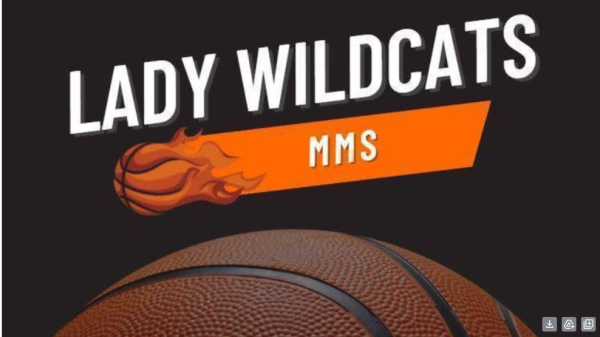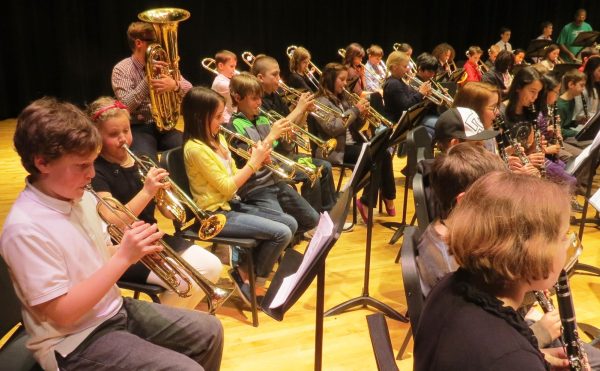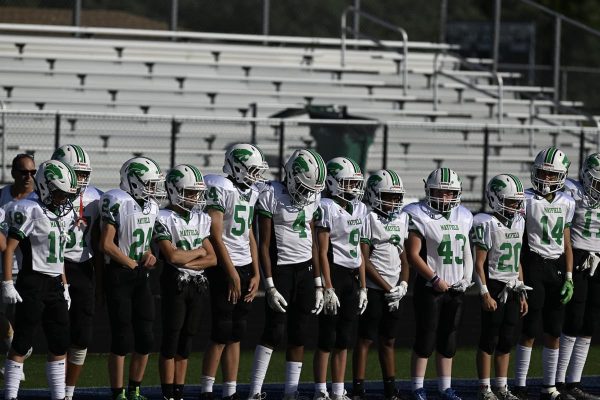STEM Class: Teaching Problem Solving and Preparing Kids for Science Careers
STEM classes have been gaining popularity and attention. Do you know what STEM stands for? STEM is a curriculum teaching students about these four areas:
- Science
- Technology
- Engineering
- Mathematics
STEM is much different than a regular science class. “First there is a lot more collaboration. Also, classes tend to be smaller and are all problem-solving based,”said Mr. Stephens.
The learning targets for the eighth grade STEM students are “not as defined as regular science,” said Mr. Stephens, “but they solve a variety of medical mysteries involving pathogens, food safety, human senses, human brain and genetic diseases.” In a different STEM class, taught by Mrs. Williams, the main learning objectives include problem solving to move robots.
STEM class offers a variety of fun lessons and activities that may pull together many different subjects and studies into one class. Some of those lessons and activities involve brain dissection, collecting DNA, human senses, and medical facts, said Mr. Stephens. Mrs. Johnson’s class is building on their knowledge of gears from seventh-grade STEM. “This year they take them a little bit farther and it’s more intricate gears,” she said. They also use a vex test bed, pictured below, to move robots. Right now, they are working on clawbots.
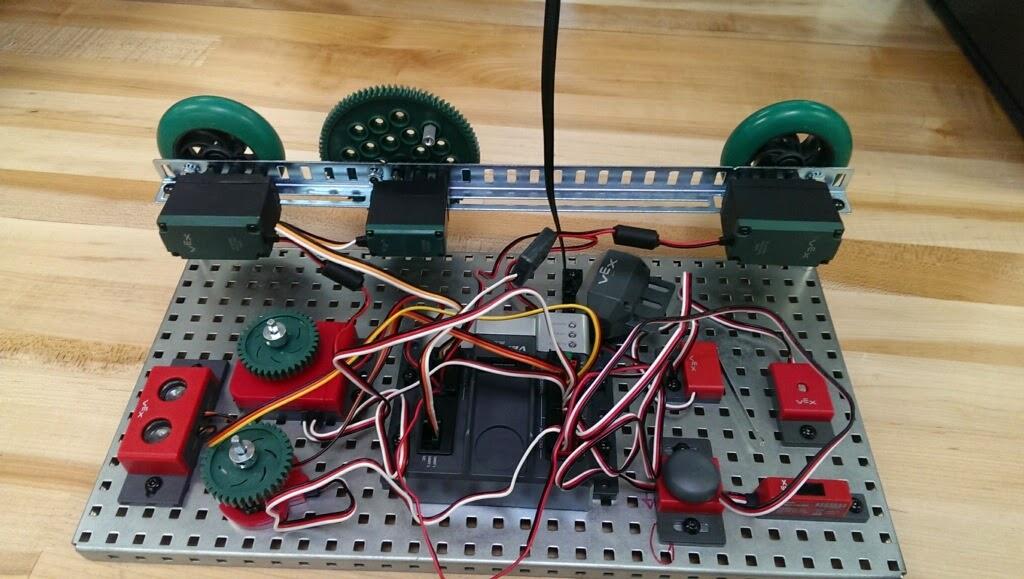
Mr. Stephen’s favorite lessons to teach in STEM is “giving patient information and having the kids try and figure out what’s wrong with them and how to help them.” Mrs. Williams’s favorite part of teaching STEM is when the students realize their ability to control something through their problem solving. “They see that what they type will start to control different parts.”
STEM is a class where students learn to work together and collaborate with people to figure out a problem, from medical mysteries to making a robot move. The middle school classes are just the beginning to get students prepared and excited for the growing STEM program at the high school, housed in the new Innovation Center. “I think what the students most enjoy is the freedom to problem solve on their own,” stated Mrs. Williams. “They can be creative in what they are doing, so it’s really their ideas.”



